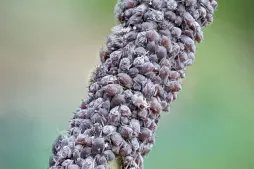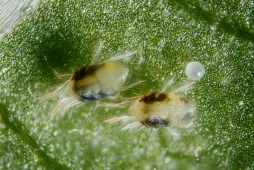Polyscias scutellaria, Aralia scutellaria
Unless you've been to Vanuatu, the Solomon Islands or New Guinea, you're more likely to have come across a Polyscias scutellaria on the stalls of a garden center than in its natural habitat. This tree of the Araliaceae family survives in our latitudes only in pots and indoors.
How to recognize Polyscias scutellaria?
In its native forests, Polyscias scutellaria is a tree five meters high and two meters wide. When grown in pots, it doesn't exceed three meters in height and one in spread. Nevertheless, the shrub retains its upright habit.
A light-brown bark covers the short, massive, branched trunk.
Glossy, almost leathery leaves rise from long, umbrella-like purple petioles. Dark green, they are wavy at the margins and embossed at the veins. Their shape depends on the variety. The pinnate leaves are composed of obovate to cordate leaflets in the botanical species. The Polyscias 'Fabian cultivar, on the other hand, has rounded leaves.
This shrub rarely flowers indoors. In the wild, it displays white flowers in panicles. These then give rise to round berries.
Polyscias scutellaria is toxic to animals and humans if ingested. Keep it away from your dogs and cats!
Our maintenance tips
Polyscias scutellaria do not like strong light or limestone. Place your plant behind an east-facing window and water it preferably with rainwater.
Watering
Polyscias scutellaria like to keep soil moist, but not soggy. Water when the soil surface is dry (two to three centimetres).
Water the substrate with non-calcareous water, such as rainwater, at room temperature.
Allow the water to drain through the drainage holes before replacing the plant. Empty out any water stagnating in the saucer or planter. It may rot the roots.
Spray
In the wild, polyscias scutellaria benefits from high humidity. Spray it regularly with non-calcareous water to bring it closer to its natural environment.
Fogging will also keep red spiders and other pests away.
Repotting
Every spring, repot your Polyscias scutellaria to give it more space.
Obtain a pierced pot one size larger than the previous one. Pour clay balls or pebbles in the bottom to improve drainage.
Polyscias scutellaria like rich, aerated soil. Mix one or two handfuls of heather earth with potting soil for green plants. Place a layer of substrate on top of the clay balls. Plant your plant and add potting soil to the height of the root ball.
Tamp and water to encourage rooting.
Your Polyscias scutellaria appreciates humid environments. Place its pot on a dish of wet clay marbles to increase ambient humidity.
Fertilization
To promote the growth of your Polyscias scutellaria, apply fertilizer in spring and summer.
To stimulate the growth of your Polyscias scutellaria, use a liquid fertilizer for green plants.
Prune
You are not obliged to trim your Polyscias scutellaria. However, you can shorten the tops of stems or branches to control its growth and shape.
Always use a sharp, clean tool to promote healing and avoid spreading disease.
Cutting
Using a clean, sharp tool, such as scissors or pruning shears, remove a ten- to fifteen-centimeter stem with at least two nodes and three levels of leaves. Remove the lower limbs, leaving only the terminal pair.
To propagate cuttings, plant the seedling in a pot with a fine potting soil, such as potting soil for cuttings and seedlings, or a substrate that you have previously sieved.
Mist and cover with an empty bottle. Aerate your mini-greenhouse for a few minutes a day and spray two or three times a day.
Mist and cover with an empty bottle. Aerate your mini-greenhouse for a few minutes a day and spray two or three times a day.
Diseases / Threats
Information
| Family | Araliaceae - Araliaceae |
| Type | Polyscias - Polyscias |
| Species | Polyscias scutellaria - Polyscias scutellaria |
| Lifecycle | Perennial |
| Foliage | Evergreen |
| Exposure | |
| Substrat | |
| Planting methods |
In pots In tubs |
| Categories | |
| Tags |
Fritillary Toxic |
| Origin |
Oceania |
| Hardiness (USDA) | 12a |
| Leaf color |
|
| Flower color |
|
Discover plants from the same family
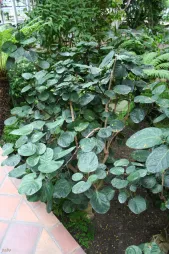
Polyscias 'Fabian
Discover
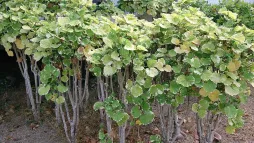
Polyscias balfouriana
Discover
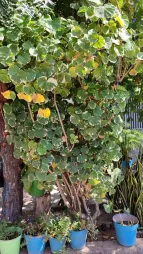
Polyscias balfouriana 'Marginata'
Discover
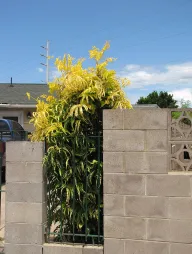
Polyscias filicifolia
Discover













